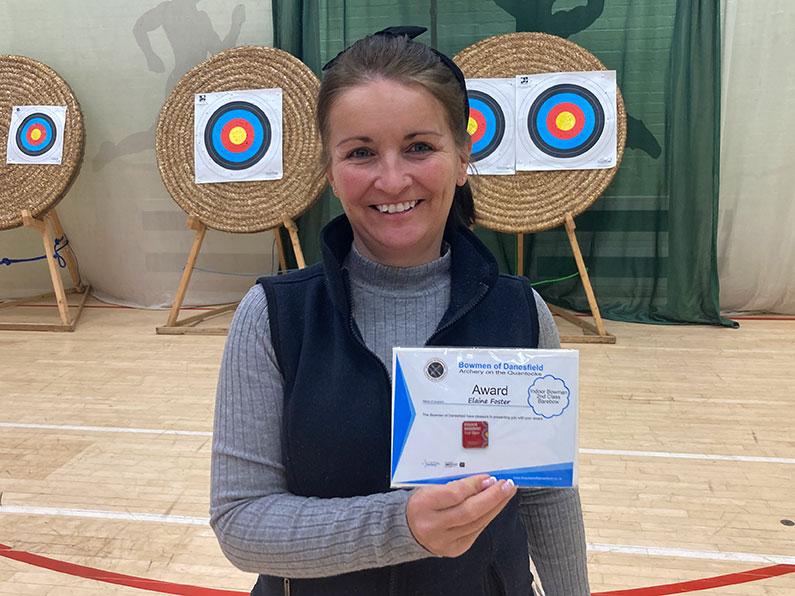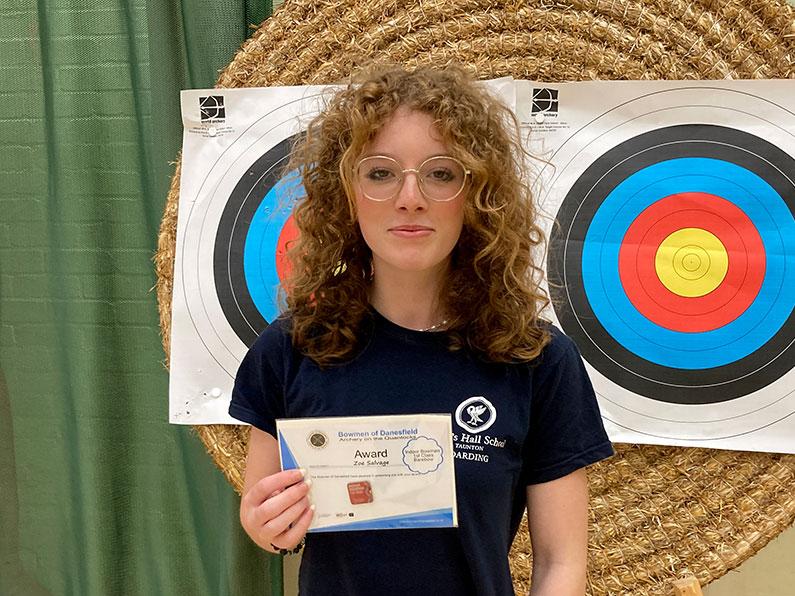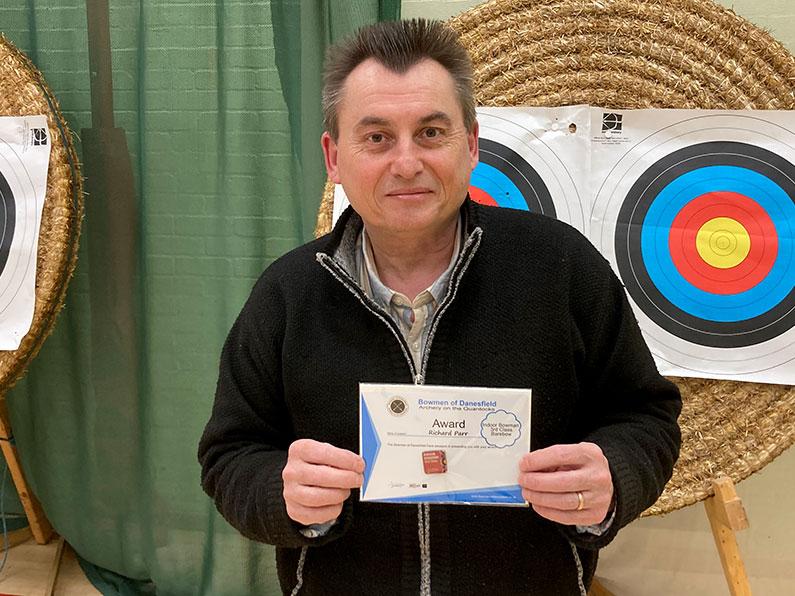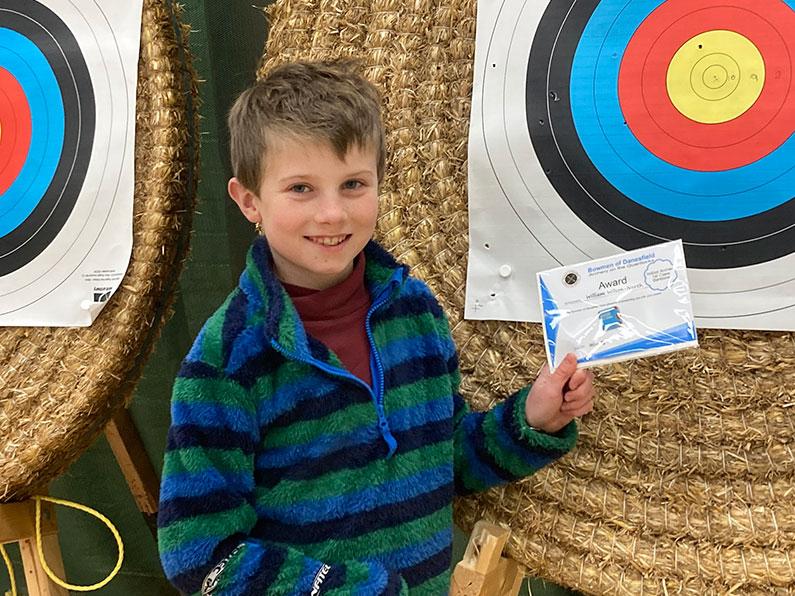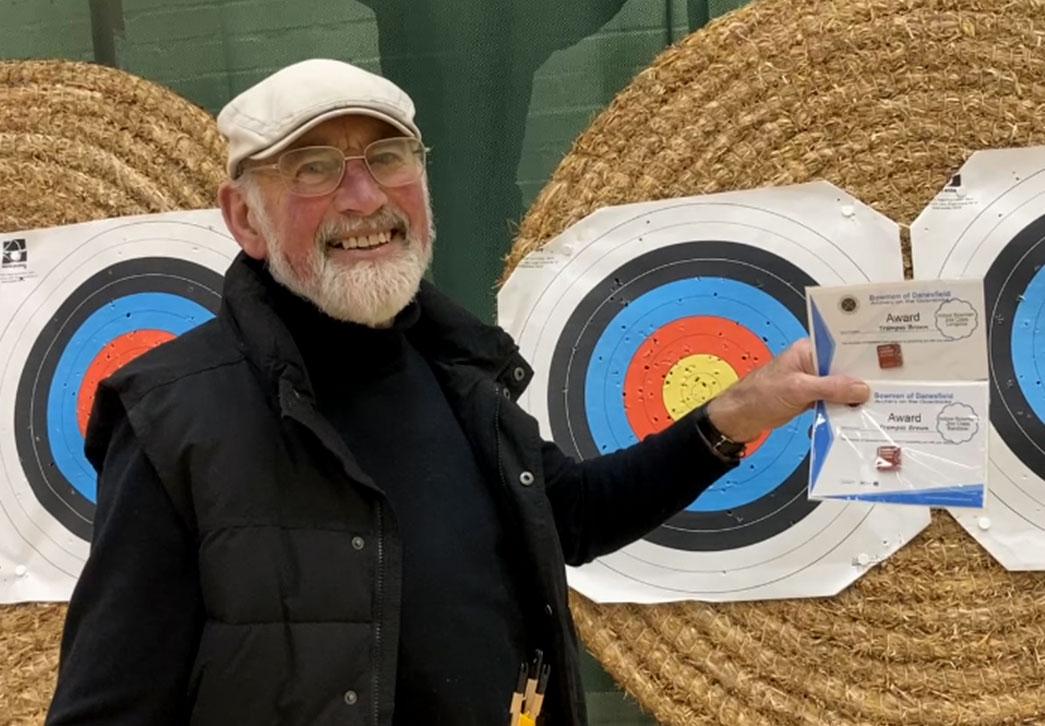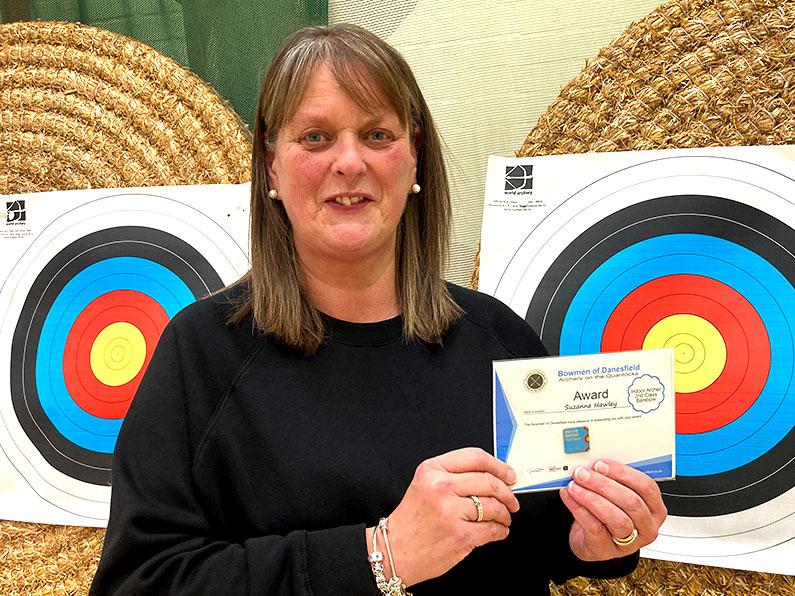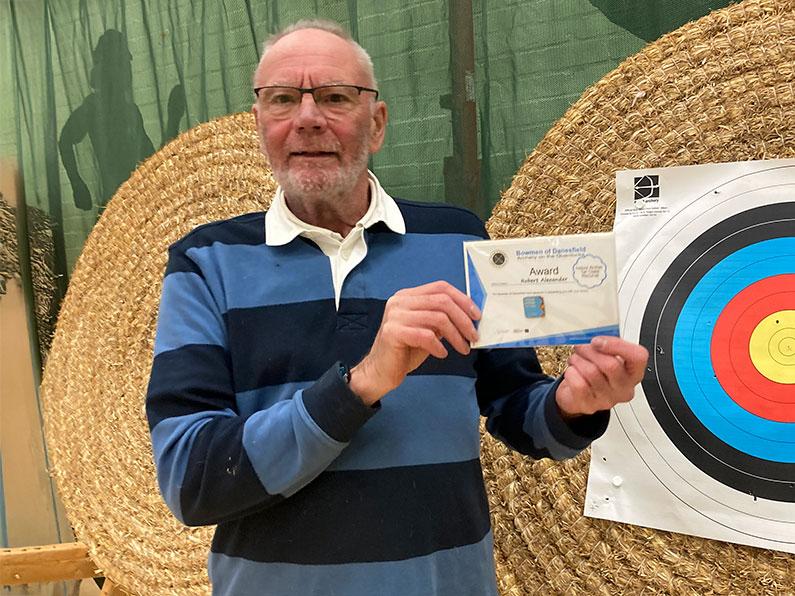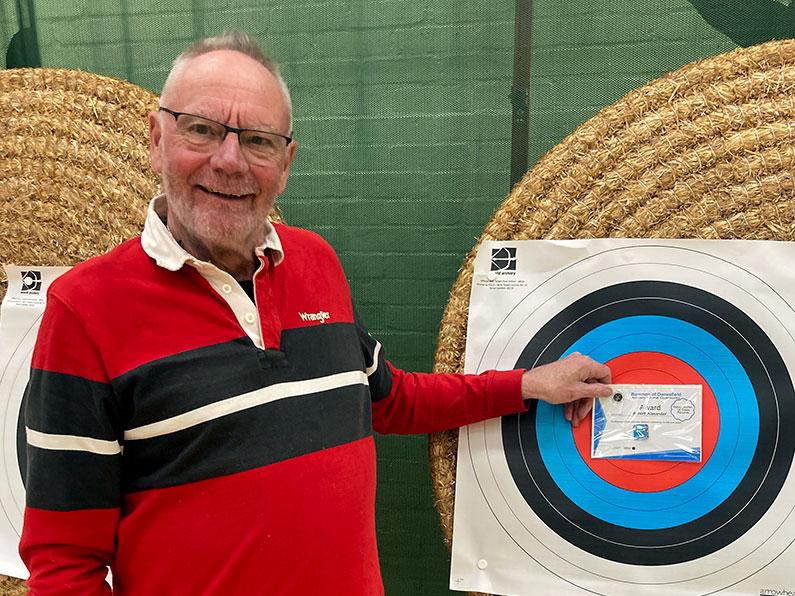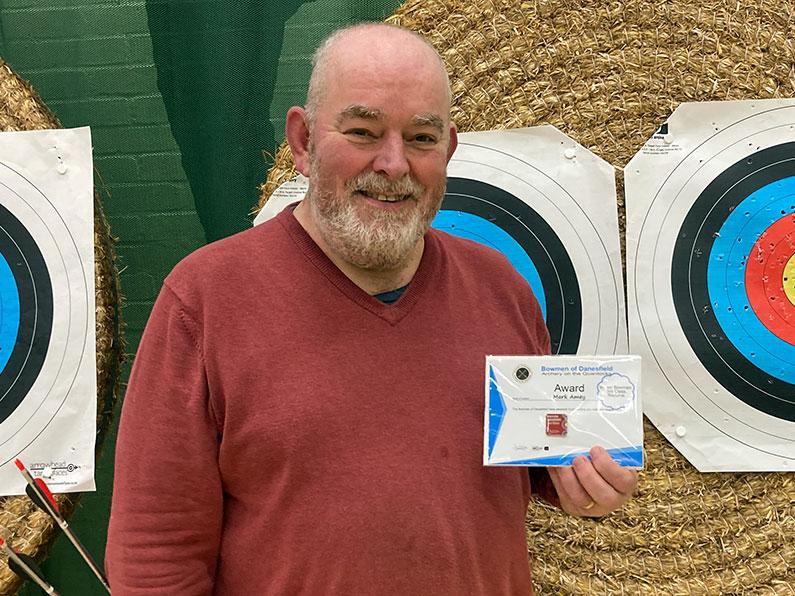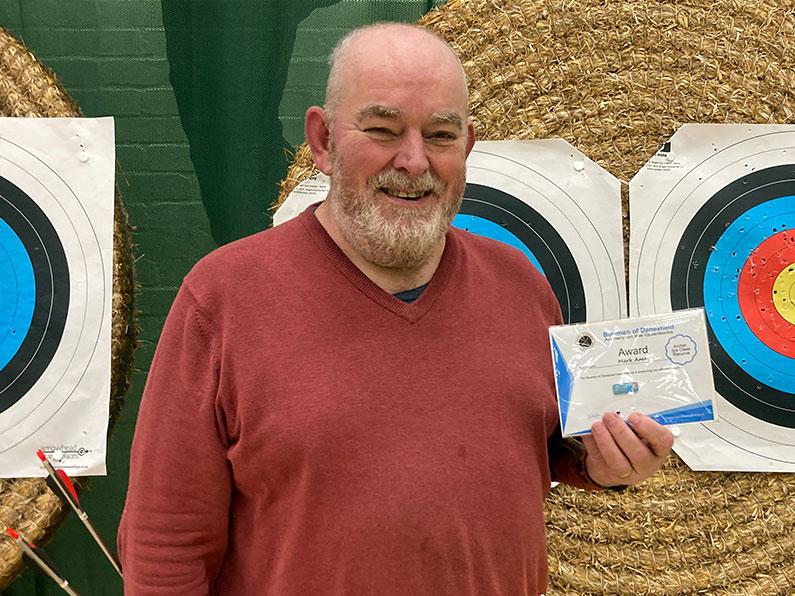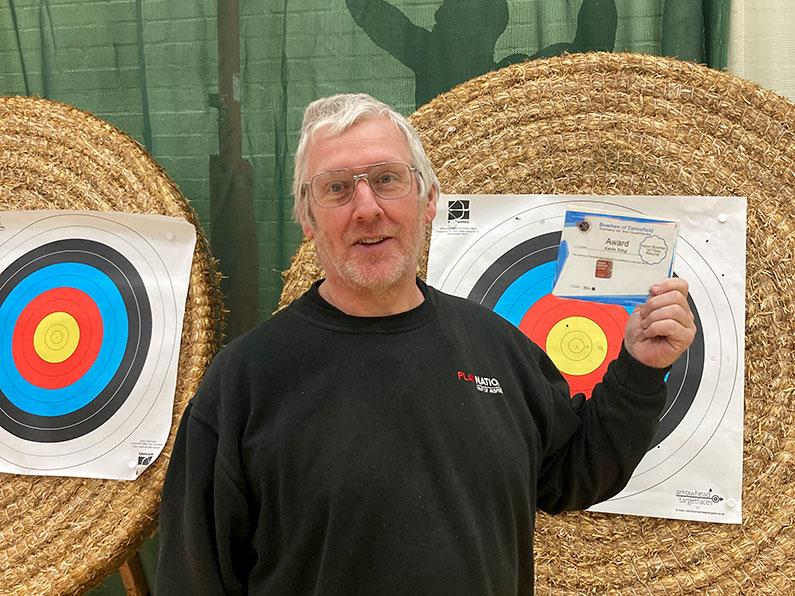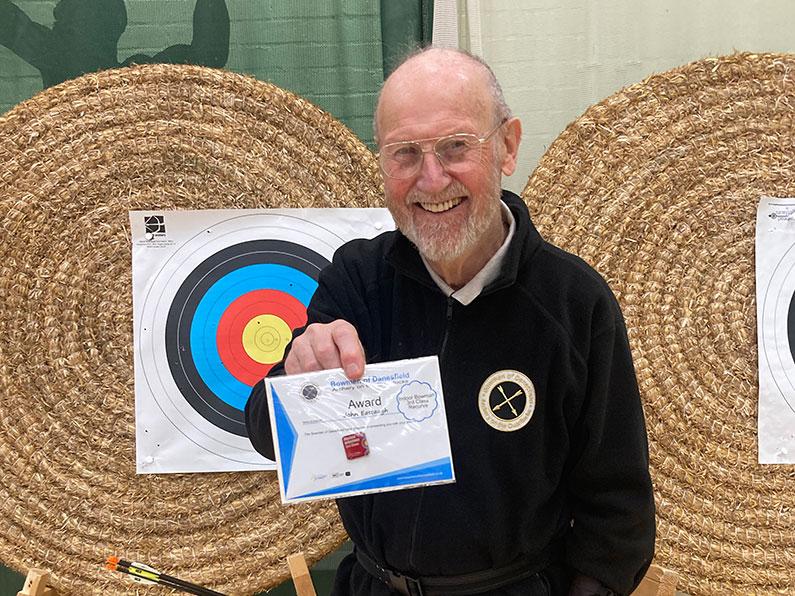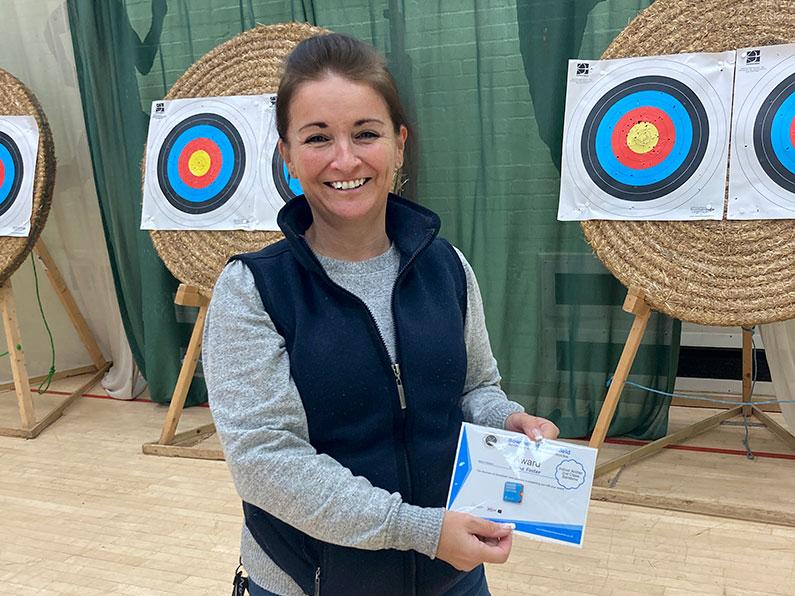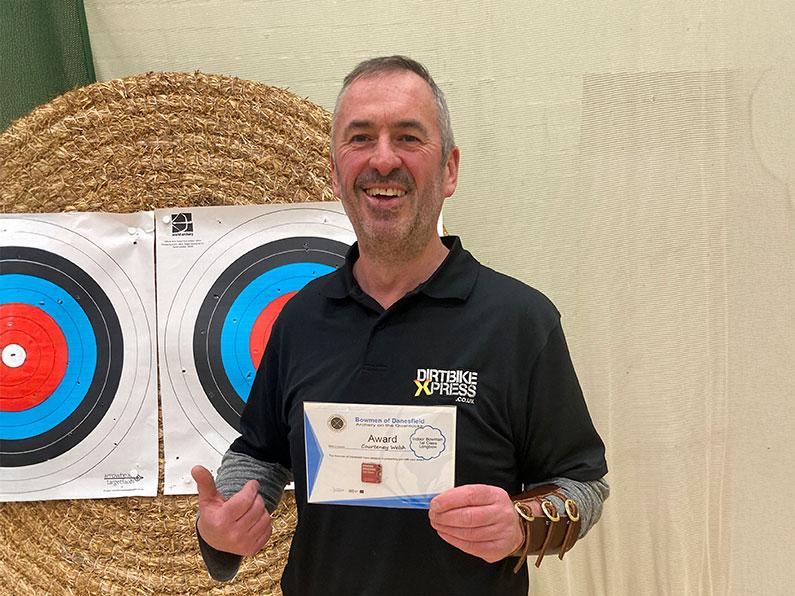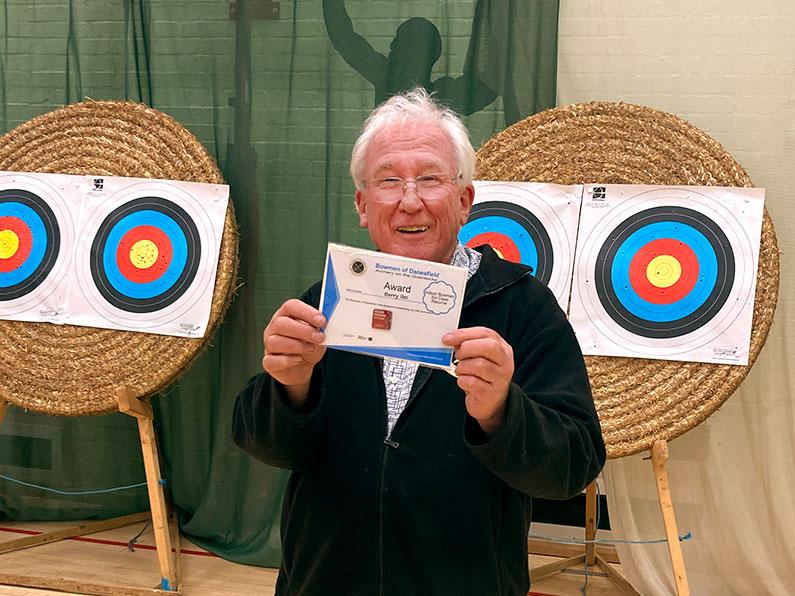Classifications
Due to the amount of data the Classifications are not visible on small screens (Mobile)Classifications serve as a standardized benchmarking system that allows archers to gauge their scoring ability and determine their standing within the sport.
They are divided into two categories: outdoor and indoor.
Outdoor classifications follow a hierarchical structure, progressing from Archer Third Class, Archer Second Class, and Archer First Class to Bowman Third Class, Bowman Second Class, and Bowman First Class. The journey continues with the prestigious titles of Master Bowman, Grand Master Bowman, and Elite Master Bowman. Notably, the top three classifications can only be attained by participating in record-status competitions.
To earn an award within the Archer tier, archers are required to shoot a specific number of complete rounds, totalling at least 144 arrows (equivalent to 12 dozen). These rounds do not have to be identical; you can mix and match as long as the total score you achieve meets or exceeds the required score for a particular classification. For example, to achieve Archer Third Class, each round must cover a distance of at least 30 yards or 30 meters. If the archer achieves the minimum score required for that round, it contributes towards their classification. Once they have completed rounds totalling 144 arrows at a particular classification level, they are eligible for the corresponding award. Congratulations! At this point, the archer can set their sights on aiming for the Archer Second Class award.
Moving up to the Bowman tier requires archers to tackle more challenging rounds, which test their skills and marksmanship.
The pinnacle of achievement lies within the Master Bowman tier, encompassing titles such as Master Bowman, Grand Master Bowman, and Elite Master Bowman. These prestigious classifications can only be obtained by participating in Word or UK Record Status events, where archers have the opportunity to showcase their exceptional abilities and achieve remarkable results.
In contrast, indoor classifications follow a separate progression, starting from the lowest level, H, and moving up through G, F, E, D, C, B, and A, with A being the highest classification.
By employing these classification systems, archers can assess their progress, set goals, and compete against others within their respective skill levels, thereby fostering growth and improvement within the sport.
Below is a list of your up-to-date Classifications as output by our records software. (If you think there are any errors or anomalies, please let us know)

